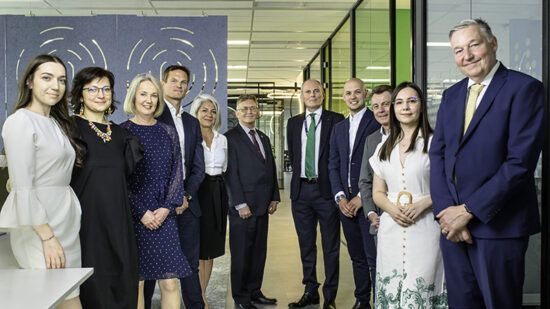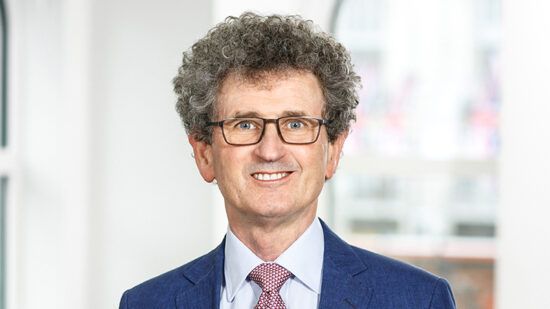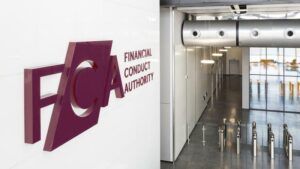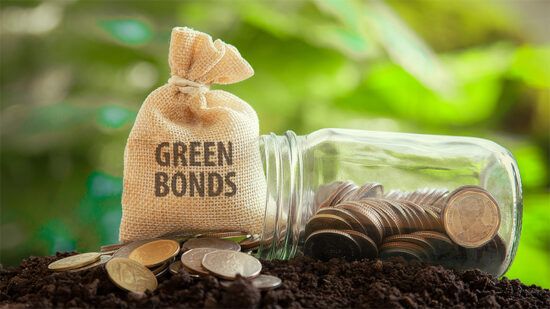2024 was another mixed year for sustainable fund flows – while there were signs of a timid flow recovery, several hurdles such as macroeconomic pressures, regulatory uncertainty and anti-ESG sentiment appeared to have held back investors.
The bad news is sustainable fund selectors expect more of the same into 2025. However, the long-term trajectory of sustainable investing remains positive.
The latest stats available from Morningstar show global climate funds were on track to experience their first year of outflows, with near $24bn (£19bn) in redemptions from January to September. However, the wider global sustainable fund universe saw a “notable uptick” in the third quarter of 2023. Q2 flows into sustainable open-ended and exchange-traded funds (ETFs) were stated at $6.3bn, while Q3 flows climbed to $10.4bn.
Hortense Bioy, global director of sustainability research at Morningstar, told PA Future: “We saw lower flows [in 2024] compared to previous years, with underperformance, greenwashing accusations, and regulatory uncertainty playing a significant role. It’s been disappointing. However, the long-term drivers for sustainable investment remain strong.”
Emma Wall, head of platform investment at Hargreaves Lansdown, also noted continued appetite for sustainable investments from the firm’s clients, albeit with a change in their approach.
“As you know we saw significant demand during the pandemic and it was quite universal – clients were drawn to funds with a sustainable element in the fund name. Over the past 18 months or so we have seen a hollowing out and much more of a barbell approach.
“That middle section of funds – which I guess we would now call ‘Sustainable Improvers’ under the new SDR regime – is seeing less demand. We are seeing sustained demand for the lighter green and darkest green portfolios.
“We regularly survey our clients and the baseline for considering E, S or G in investing remains important to them, and they have come to recognise this is just good risk management. But it’s become less homogenous and buying up everything, there is more engagement and it’s less driven by performance.”
See also: Regulatory outlook 2025: Could upheaval lead to overload?
Predictions for 2025
So what’s next for 2025? Despite recent headwinds and increasing concerns about the US leaving the Paris Agreement and diluting the Inflation Reduction Act after Trump’s presidential inauguration at the end of the month, industry leaders expect 2025 to bring renewed focus on ESG strategies, particularly as inflation moderates and interest rates stabilise.
Patrick Thomas, head of ESG investing at Canaccord Wealth, said his firm is seeing an increase in demand from younger investors who are either investing for the first time or inheriting portfolios.
“Flows in previous years were dominated by older traditional ‘ethical’ investors or ‘tourists’ (previously mainstream investors who were attracted by performance/sentiment around sustainability),” echoing Wall’s comments that sustainable investors of today are less motivated by past performance.
“We think the intergenerational shift of capital to younger investors is structural and will continue to create demand for sustainable strategies,” Thomas continued. “From a macro perspective, moderating inflation and interest rates should improve sentiment towards the higher growth companies our managers target.”
Bioy added, however, the macro and geopolitical picture does make it difficult to predict flows into sustainable products. She pointed to Trump – “he will not support offshore wind but he will probably continue to support solar” – , Elon Musk’s comments impacting electric vehicles in Europe, as well as the ongoing conflict in some regions and competition with China.
“There is a big question mark over the short term but the long-term trends are very much there. There are still a lot of net-zero commitments, even if 1.5 degrees isn’t something we can achieve. We are feeling the effects of climate change, and we need to adapt.” These comments are more pertinent over the past week as we see more wildfires in Los Angeles, something which devastated large parts of the region, and others around the world, in 2024.
Adding exposure
In terms of asset classes and types of strategies fund selectors are favouring for this year, it really is a mixed bag.
Thomas highlighted the appeal of environmental and healthcare themes: “We see broader areas like clean water as attractive places to deploy capital. Additionally, the sell-off in healthcare, particularly in oncology and obesity themes, presents an opportunity to add exposure.”
Meanwhile, Wall pointed to infrastructure and renewables as key growth areas: “We’re seeing strong tailwinds from UK government spending commitments in energy transition and infrastructure, making these sectors particularly attractive for 2025.”
Bioy predicted a rise in biodiversity and adaptation-themed investments: “The world is starting to grasp the importance of adaptation alongside mitigation. This will open new opportunities for strategies focused on physical climate risks and resilience.”
And Mollie Thornton, senior investment manager at Parmenion, emphasised the growing importance of green bonds: “This is a burgeoning asset class. We introduced sovereign green bonds in 2024 and are now exploring funds with a value and income bias, a relatively untapped area within sustainable investing.”
However, gaps remain in the strategies they are seeking to add to, with Thornton highlighting the challenges of finding sustainable alternatives: “Many alternative funds rely heavily on derivatives, which offer limited transparency and engagement potential. This is an area ripe for innovation.”
For advisory clients, ebi Portfolio’s investment product manager, Jonathan Griffiths, said the fund of funds space is an area of interest for some of its client base. “This is in light of the reductions in Capital Gains Tax allowance and the desire to avoid crystalising a capital gains tax liability, for example, on portfolio rebalancing,” he said.
‘Long-term view isn’t shaken’
Turning back to Trump, Griffiths said the impact on sustainable investment portfolios is “overblown”.
“Taking the US election as an example, while Trump is likely to provide support for carbon-intensive industries, we don’t think that this will necessarily be combined with an aggressive stance against the green energy sector, given this is one of the leading industries in the US, as well as the key role it plays in contributing to the US’s energy sovereignty.
“Alongside this, we find the majority of our underlying investors are eager to maintain and grow their sustainability-focused holdings, and hold a long-term view that isn’t shaken by short-term events.”
James Alexander, CEO of UKSIF, added Trump’s election could be an opportunity for companies closer to home: “The global transition is an opportunity others will seize, including many in the US, regardless of who is in the White House. If Trump fails to leverage the wealth of green investment, the UK must be ready to take on a leadership role.”
We saw many articles last year discussing the next stage of sustainable investing with investors improving their knowledge and understanding, and the regulator stepping up to combat greenwashing and attempting to provide clearer labels for end-clients.
As the sustainable investment landscape evolves, fund managers and selectors will need to navigate regulatory, economic and geopolitical challenges. Yet the sector’s long-term drivers – net-zero commitments, rising awareness of climate risks and demand for innovation – appear to remain intact.
2025 promises to be a transformative year, with adaptation and transparency leading the way.








